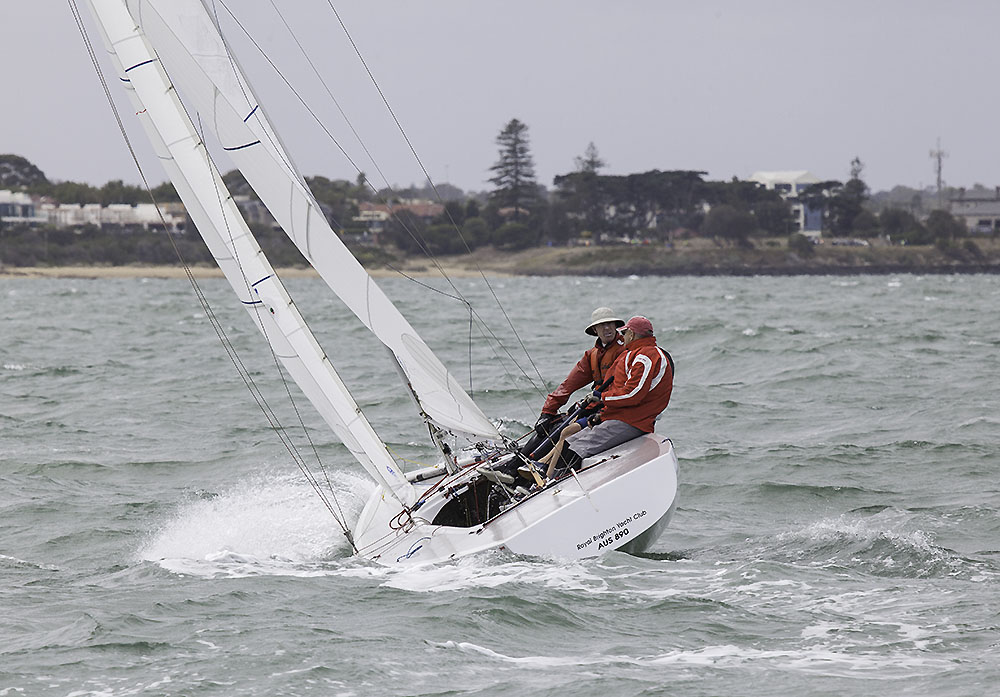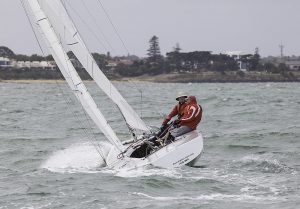

The elements of Sail Trim. On a sail boat, one of the key people in the team is the sail trimmer. They take responsibility for optimizing sail performance.
Sail Trim
Power from your sails comes from three sources: Angle, shape, and twist.
Angle – Pull the sail in to add power and ease the sail out and to reduce power.
Shape – deeper sails generate more power. Flat sails generate less power and also create less drag. Depth is adjusted by sheet tension, forestay and backstay tension and jib lead/car position.
Twist – A closed leech generates more power where as a twisted, open leech spills power. Control twist with lead/car position and sheet tension.
Replicate Fast Settings
Record everything, either using a China graph pencil on the boat or using wet notes. If that’s not possible, use a notebook when you return to shore about what was fast.
Record rig tune, and sail trim, and be sure to include true wind speed and angle for reference. This will give you a foundation to base your settings for race day. The notes will help you remember what changes you need as conditions fluctuate.
Every control line or sheet that can be adjusted needs a mark. Use the marks as a reference to re-create settings that were fast.
Other things that need marks are jib car position, in-hauler, outhaul, Cunningham, halyards, traveller and backstay.
Best Practices – Elements of Sail Trim
The headsail trimmer should be constantly monitoring performance. They do this by comparing your boat to other boats, target boat speeds and angles. A good trimmer can feel a loss of power in the boat before it shows up as a loss of speed.
The trimmer must communicate the current state of performance to the crew, and report progress as adjustments take effect. Constant communication will keep your team attentive and working together.
An example of this is, if you encounter a lull in pressure, the trimmer would call for the backstay to be eased. The mainsheet trimmer then knows they need to ease the sheet and the jib would be eased too. The helmsperson then knows to put the bow down to get the boat going again. This is also a signal for the crew to move their weight to windward to help bear off.
FREE CHAMPIONSHIP SAILING GLOVES
A trimmers job
Wherever possible don’t cleat the sheet and certainly don’t stay to leeward once the sail is trimmed correctly. The jib trimmer will be the last of the crew to the rail, so only stay to leeward if conditions allow.
Once the crew is fully hiked out, the trimmer should hike too. They take the tail of the sheet with them so they can ease quickly without leaving the rail.
Keeping the boat flat in pressure allows the foils to do their job to provide lift and stop the boat from slipping sideways.

